Recreation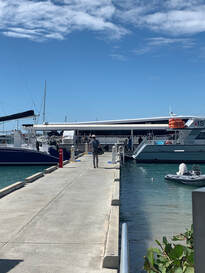 The sun, sand and sea are the main attractions, with lounging on the beach and watersports the main reason most people visit the Virgin Islands. Visitors will find gorgeous beaches on all three islands. Each has numerous dive operators and day-sail boats to take visitors to an offshore cay for a look at the undersea world by scuba-diving or snorkeling. Fishing charters take you out in hopes of catching the big one. When you tire of the beach and watersports, if that's possible, you'll find plenty of other things to do. Most hotels have tennis courts, St. Thomas and St. Croix sport golf courses, and St. John is the hiking capital of the Caribbean. What should I wear?Casual summer clothing is appropriate all year, but it's considered rude to go shirtless in town. Wearing a swimsuit in town without a coverup is frowned upon. Shorts are acceptable almost everywhere, although you'll feel underdressed in a nice restaurant for dinner. Restaurants that require men to wear jackets at dinner are very rare—take a jacket only if you are planning to dine in an exclusive resort restaurant. Others often require collared shirts. If you're there on business, pants and shirts suffice for men, but if you're heading to court or government offices, a suit is best. For women, a dress, skirt or pants and a neat blouse work, unless you're on legal or government business. In that case, a suit is fine. Safety First...The U.S. Virgin Islands has stepped up efforts to combat crime. The islands are generally safe and present no more danger than other Caribbean destinations. But you should exercise common sense, especially on the more heavily populated islands of St. Thomas and St. Croix. Don't flash money around in public places or wear expensive jewelry. Avoid deserted or poorly lit areas after dark, such as parking lots or back streets of towns. Be careful whom you befriend (and how much you drink) in local bars. Be wary of pickpockets, and don't leave valuables in plain view—either in a car or on a beach.
0 Comments
In the U.S. Virgin Islands, the three main islands (St. Croix, St. John and St. Thomas) are among more than 50 islands and cays (most of them uninhabited) that make up the U.S. Virgin Islands. Situated about 1,200 mi/1,930 km southeast of Miami and 50 mi/80 km east of Puerto Rico, they are just a few miles/kilometers west of their cousins, the British Virgin Islands. St. Thomas and St. John are only 3 mi/5 km apart, bordered on the north by the Atlantic Ocean. St. Croix lies 40 mi/64 km to the south, surrounded by the Caribbean Sea. Wherever you decide to venture out, here are some great places to visit that are well known as, "Must See" or "Must Do". Relax. Enjoy. Have fun!
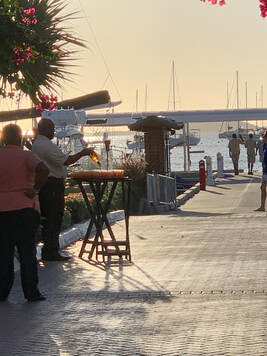 A trip to the U.S. Virgin Islands is the closest thing to a Caribbean sampler that we've come across, as it provides several different island experiences in one territory. For bustling beaches, nightlife and great shopping, look to St. Thomas. Its heavy development, North American atmosphere and throngs of cruise-ship visitors make it the least distinctive of the islands but also the most visited. This is high-volume tourism—among the highest in the Caribbean. If you want unspoiled scenery and quiet surroundings, hop the ferry to St. John. About half of the island is a national park, so it feels like St. Thomas' alter ego. The coral reefs, hiking trails and small resorts on St. John have been a model for other ecotourism efforts in the Caribbean. 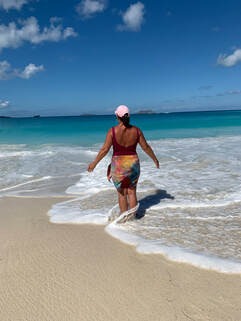 Somewhere between the extremes of St. Thomas and St. John is St. Croix, which is perhaps the most typical of other Caribbean islands. It balances a fair amount of shopping and attractions with a relaxed atmosphere and historic architecture. Water Island is the youngest and smallest of the Virgin Islands, and it gets little publicity. It's quiet and sparsely populated. Although it's possible to spend all your time on one island, we suggest you take advantage of the variety. Good ferry and plane connections make it relatively easy to hop between the islands and discover which experiences most appeal to you. The U.S. Virgin Islands sustained severe damage during Hurricanes Irma and Maria in September 2017. The extent of damage and speed of recovery varies somewhat between islands. Investigate current conditions prior to planning a visit.
Historic Charlotte Amalie in St. Thomas fared relatively well and was one of the first areas to be fully restored. Other parts of the island are at varying stages of recovery, although all beaches and many tourist attractions are fully open and welcoming visitors. All of St. John was hit harder than the rest of the USVI, while one of the most challenging topographies hinders rebuilding. However, as more than half the island is undeveloped national park, nature is well on its way to being as beautiful as ever. Meanwhile, St. Croix is showing great resiliency. Most beaches, attractions, restaurants and resorts are open, many emerging from renovation projects even better than before. Do you prefer the hub bub of tourism and the busy-ness of all the sites to see and things to do or do you prefer a quiet place on a little cutout that is your very own? You can find either but you must know WHICH place is better for your liking and needs. If you're planning a jouney to the USVI or BVI, Debbie can help you get the experience you long for. She knows many of the details that will give you the edge for your own visit. Click to book your FREE Consultation and bring your dream to reality now. 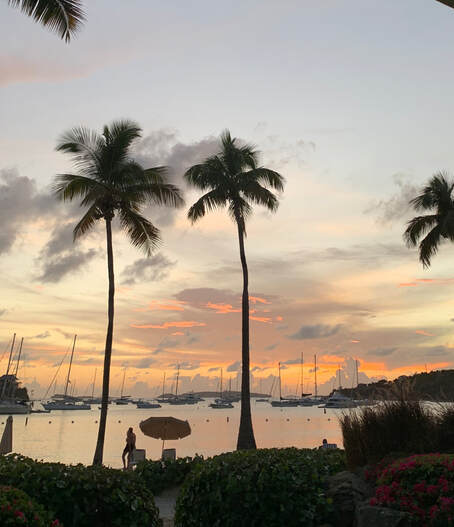 Cannibalistic tribes, pirates, fierce wars, slavery, long periods of prosperity, and lean times after sugar's demise all make up the tale of the U.S. Virgin Islands. The Taino Indians originally inhabited St. Thomas and St. John, but the Igneri, Tainos and Caribs occupied St. Croix at different times in that island's history. The islands became the home of settlers from nearly every country in Western Europe, as well as slaves brought from Africa. Columbus was the first European to arrive, in 1493. He sent his men ashore on St. Croix and claimed the islands for Spain. Because of the strategic location of the islands on the eastern rim of the Caribbean, they were popular hideouts for pirates in the late 1500s. (Sir Francis Drake perched on a high hilltop on St. Thomas at what is now called Drake's Seat and peered through his spyglass at the Spanish Armada.) Permanent European settlements didn't grow until the early 1600s, when the Danes began to arrive on St. Thomas and St. John. On St. Croix, settlers flew seven different flags, including that of the Knights of Malta, until Denmark finally prevailed. In 1917, the U.S., fearful of German expansion and eager for a naval base to help protect the Panama Canal, bought the islands from Denmark for US$25 million. The territory experienced economic hardship until the early 1960s, when tourism became lucrative. Today, the islands are the easternmost possession of the U.S. in the Western Hemisphere. Facts andStats
|
AuthorDebbie Palmer Categories
All
Archives
November 2022
Tuesday Travel Tips!Get TWO MONTHS FREE of CLEAR, Click above. |

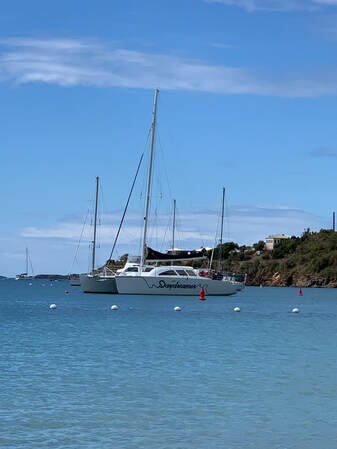
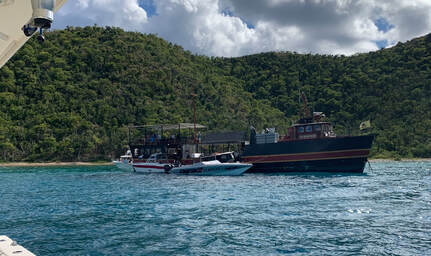

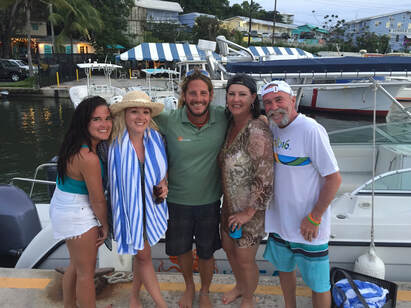

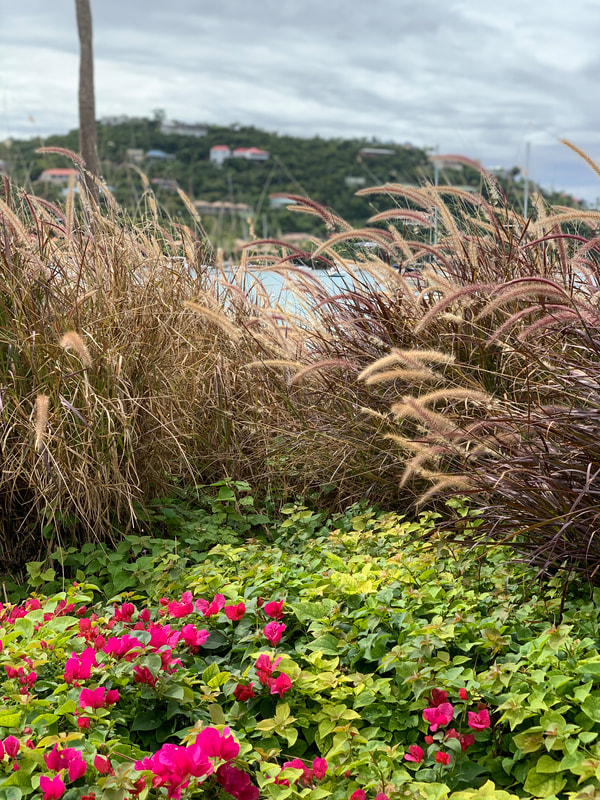
 RSS Feed
RSS Feed
